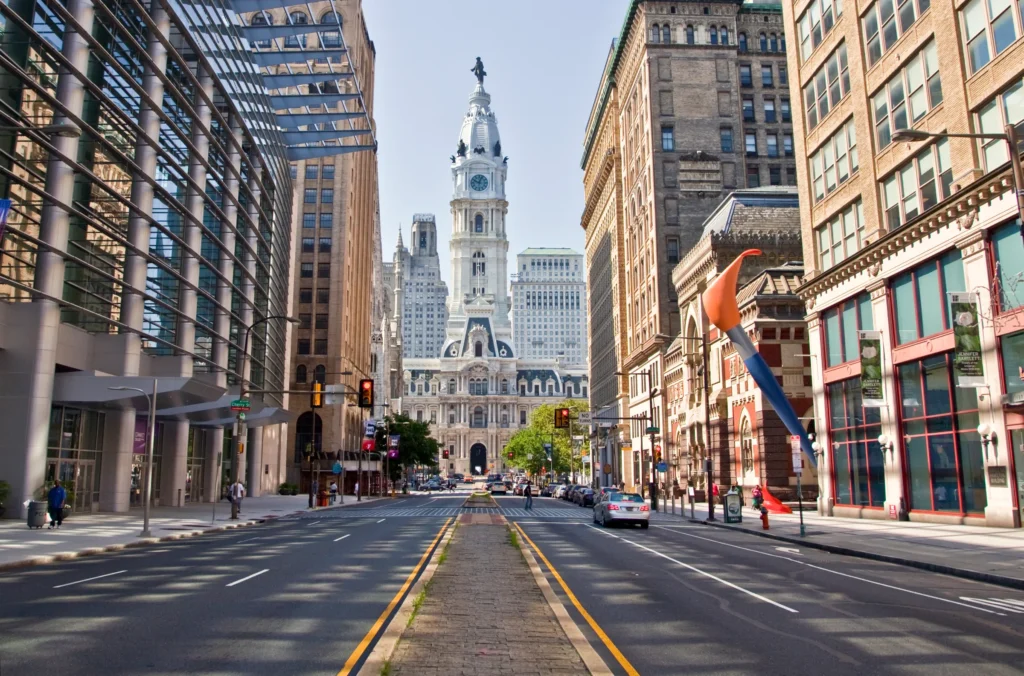In recent years, the demand for walkable communities has skyrocketed. More people are prioritizing neighborhoods where they can access shops, schools, parks, and restaurants without needing to drive. Walkability is no longer just a lifestyle perk—it has become a deciding factor in real estate purchases and urban development. Much like a carefully curated hidden face dp that reflects personal identity, choosing a walkable community represents an individual’s desire for connection, convenience, and quality of life.
Convenience And Lifestyle At Your Doorstep
One of the biggest advantages of walkable communities is convenience. Residents can take a short stroll to a grocery store, café, or fitness center without relying on a car. This reduces commuting stress and makes daily routines more enjoyable.
Beyond time savings, walkable neighborhoods offer a more vibrant lifestyle. Sidewalks buzzing with activity, local shops, and community events create an environment where people feel connected and engaged. For families, this convenience translates into more quality time together and less time stuck in traffic.
Many developments promote these features through platforms like classified ads South Australia, highlighting walkability as a key selling point for modern buyers who want both accessibility and community.
Health Benefits That Go Beyond Exercise
Walkable communities naturally encourage physical activity. Instead of driving everywhere, residents walk to complete daily tasks, which helps maintain fitness levels without needing to schedule structured workouts. Walking regularly supports cardiovascular health, reduces obesity risks, and improves overall mental well-being.
Green spaces, parks, and pedestrian-friendly streets also contribute to stress reduction. The act of walking outdoors boosts mood, sharpens focus, and provides the mental break people need in fast-paced lives.
This healthier lifestyle resonates emotionally as well. Just as expressions in hindi shayari sad capture the depth of human emotions, walkable spaces nurture a sense of balance and emotional well-being that goes beyond physical health.
Stronger Sense Of Community
A walkable environment fosters stronger social connections. People are more likely to interact with neighbors while walking their dogs, visiting local shops, or attending community events. These casual encounters create a sense of belonging and strengthen social ties, something harder to achieve in car-dependent suburbs.
Sidewalk cafés, local markets, and public gathering spots all play a role in building this connectedness. Over time, these interactions cultivate safer, friendlier neighborhoods where people look out for each other.
Walkable communities make it easier for residents to feel like part of a collective rather than isolated individuals, which adds to their appeal in today’s housing market.

The Real Estate Advantage
From an investment standpoint, walkable communities often command higher property values. Homes located near amenities such as schools, shops, and public transport tend to sell faster and at premium prices. Buyers are willing to pay more for convenience and lifestyle benefits.
For sellers, this creates opportunities to highlight walkability as a unique advantage. Many owners now choose to list property for sale by owner and emphasize nearby walkable features in their descriptions to attract attention from prospective buyers who value location above all else.
Real estate experts predict this trend will only grow as younger generations prioritize sustainability, accessibility, and lifestyle quality when choosing where to live.
Sustainability And Environmental Benefits
Walkable neighborhoods contribute significantly to sustainability by reducing reliance on cars. Fewer cars mean lower emissions, less air pollution, and a smaller carbon footprint. As climate concerns grow, people are increasingly aware of the role their choices play in protecting the environment.
Developers and city planners are responding by designing mixed-use spaces where housing, retail, and entertainment blend together. This not only supports eco-friendly practices but also reduces urban sprawl, preserving more land for nature and agriculture.
Dining, Entertainment, And Culture Within Reach
Another major draw of walkable communities is access to dining and entertainment. Being able to walk to a variety of restaurants, cafés, and cultural venues enhances everyday life. Residents can enjoy an evening out without the hassle of driving or finding parking.
This element of walkability also supports local economies by encouraging people to dine and shop locally. Communities with thriving dining scenes become magnets for buyers and renters who value lifestyle as much as functionality.
Much like people browse Australia restaurant reviews to discover the best local dining experiences, prospective homeowners are looking for communities where food and culture are within easy reach. This lifestyle factor often becomes the deciding point in choosing one neighborhood over another.
Why Demand Will Keep Growing
The trend toward walkable communities is more than a passing preference—it reflects broader societal shifts. Younger generations are driving less, caring more about sustainability, and seeking experiences over material possessions. Retirees, on the other hand, appreciate the accessibility and social opportunities walkable areas provide.
Urban planners and real estate developers recognize this demand and are increasingly prioritizing pedestrian-friendly designs in new projects. This ensures that the appeal of walkable communities will continue to grow in the coming years.
Final Thoughts
Walkable communities are in high demand because they combine convenience, health benefits, stronger social connections, and lifestyle perks. They align with modern values of sustainability, community, and emotional well-being, making them attractive to a wide range of buyers.
Just as personal choices in digital spaces reflect individuality, the decision to live in a walkable community reflects a desire for a more connected, fulfilling, and balanced way of life. As awareness spreads, walkability will continue to redefine how we think about homes, neighborhoods, and the future of urban living.
